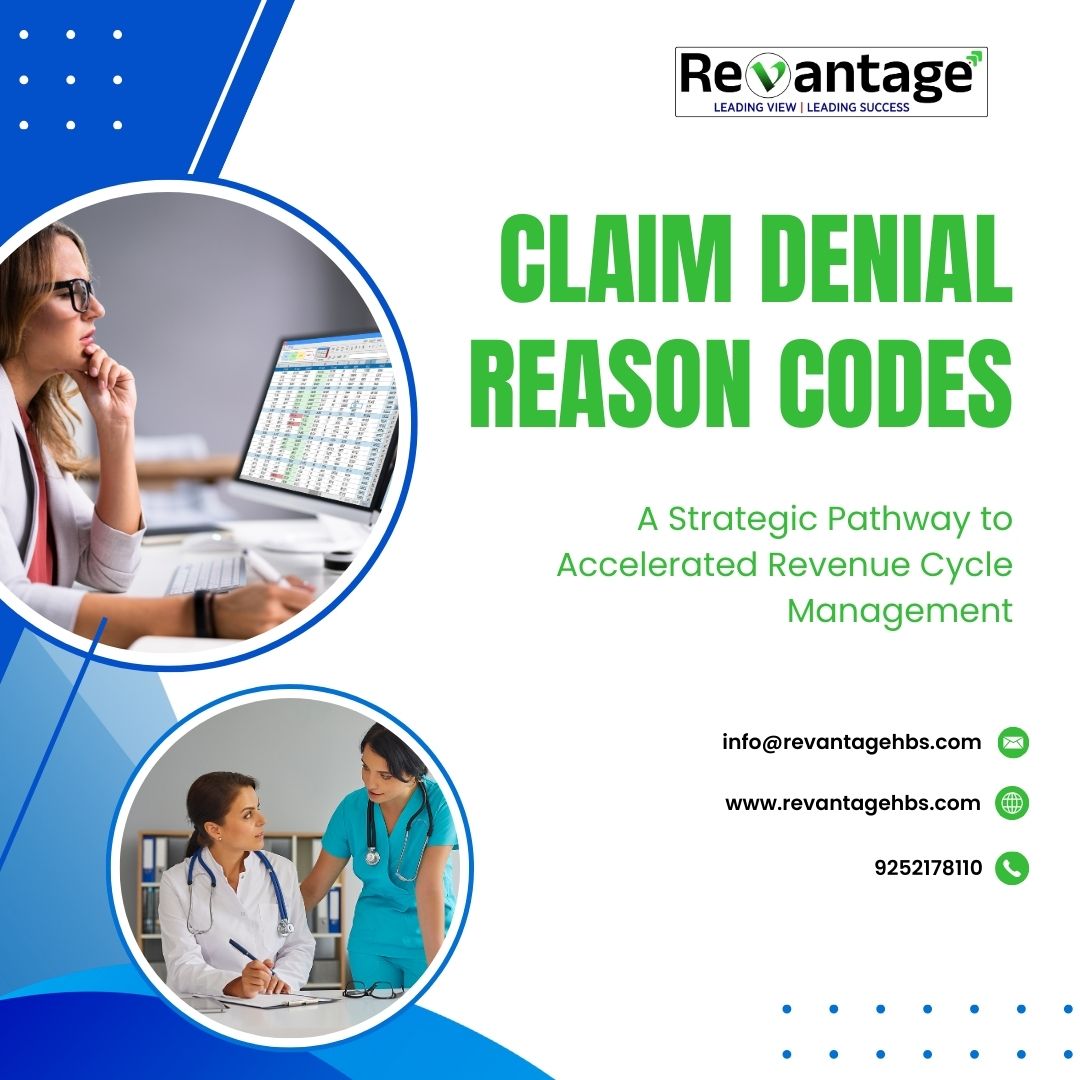Probing on the resubmission of denial claims in ophthalmology requires an expedition that would easily consume hours and hours for practitioners in reading between the lines of some denial and adjustment reason codes before corrective action can be determined.
In fact, when one gets a claim denial, revising and submitting it subsequently gets such a hitch in the cash flow pulling it back to the time, between 45 to 60 days, before the cash flow picks up again.
The healthcare industry tends to have claim denial rates ranging from 5-10% as an average; in which cases payers end up recovering around two-thirds of total denials. However, shockingly, almost 65% of all rejected claims remain either not fixed at all or remain unresented to payers. On a brighter note, most of these claims denials can be prevented by proactive optometric billing and RCM solutions that would anticipate as early as 90% of them.
Rejected Claims vs. Denied Claims: An Important Difference
Rejected Claim: A rejected claim that is rejected would not have been processed by the clearinghouse, the insurance entity, or the Centers for Medicare & Medicaid Services (CMS). It is not brought into any adjudication system, and therefore not referred to as “received.”
Claim rejection is caused primarily by errors in formatting, optometry-specific billing, breach of coding rules, or incomplete data. Fortunately, such mistakes can be easily corrected and resubmitted.
Denied Claim: When an insurance company or another payer refuses to reimburse payment because the claim was adjudicated, it is a denied claim. A denial, however, may be appealed, which means that it is not necessarily an irretrievable loss.
An Explanation of Benefits (EOB) or an Electronic Remittance Advice (ERA) is given by the insurer indicating the reasons for the denial with specific codes allocated to each. Understanding these codes is crucial to identify errors; therefore, the resubmission must ensure that all necessary corrections are made.
Denials of Claims Categorization: Administrative, Clinical, and Policy
Denials are then classified under the three main categories:
Administrative: Almost entirely occurring due to clerical errors, most claim denials were administrative errors.
Clinical: They occur due to the dispute of medical necessity or misappropriation of documents.
Policy-Related: According to the contract agreement or the limits of policy coverage, claims may be denied by payers.
For instance, an administrative denial could be triggered by an unknown or inconsistent code modifier attached to the procedure. Rectification of such errors will promptly increase the possibility of reimbursement. However, attempts to address issues when already delayed reduce chances of achieving maximum possible payment.
Claim Adjustment Group Codes are alphanumeric codes designating who has responsibility for making adjustments. Reflection on either the EOB or ERA, these codes include CO, CR, OA, PI, and PR.
Below are some of the most common denial codes together with the remedies to cure them to optimize cash flow:
CO-4: Procedure code and modifier mismatch. Before resubmitting, make sure the modifier is appropriate.
CO-15: Authorization number not provided or invalid. Resubmit after attaching an authorization that is valid.
CO-45: Charges exceed the scope of the allowed fee schedule. Apply write-off wherever applicable.
CO-50: Services deemed medically unnecessary. ICD codes can defend against medical necessity or bill patient directly.
CO-97: Already included in another procedure adjudicated. Use appropriate modifiers or accept the adjustments as is.
CO-167: Diagnosis not covered. Review the diagnosis code, if applicable, and amend if needed.
CO-B16: New patient criteria not met. Be sure to code it as an established visit.
OA-23– Affects prior payer adjudication. No action necessary.
OA-109: Incorrect payer. Submit claim to the right carrier.
PR-1: Deductible applied. Bill secondary or the patient.
PR-2: Coinsurance amount applied. Bill that way.
PR-3: Copay applies. Bill the appropriate party.
Proactive Denial Management: A Blueprint to Financial Optimization
Pro Tip: A huge claims denial and adjustment code reference manual will serve at streamlining denial management to ensure practices can quickly address consistent problems on claims.
Key Resources for Understanding Denial Codes:
Electronic Medical Documentation Reason Codes (eMDR): Necessary for multiple-payer submissions.
Claim Adjustment Reason Codes (CARCs): Explain variations in payments.
Remittance Advice Remark Codes (RARCs): Edge explanation of other adjustments concerning their other use.
Case Study: Preemptive Denial Resolution Recovers Revenue in $6500
Situation: Optometry practices with three physicians from California frequently received denials for diagnosis codes mismatched to the CPT® procedure.
One of the recurring claims is Scanning Computerized Ophthalmic Diagnostics Imaging (SCODI), which is a diagnostic procedure for the pathologies of the macula and retina. Usually, payers deny the claims because of an unrelated criterion with the Local Coverage Determination (LCD).
Methodology and Outcome: Revantage Healthcare certified medical coders thoroughly evaluated electronic health records, corrected invalid diagnosis codes, and resubmitted those claims-bringing back $6500 from losses to revenue generation. In addition, we compiled a reference repository of compliant diagnosis codes to prevent losses in future claims.
Connect Your RCM Strategy with the Future: An Innovative Approach
Such strategies demonstrate a high level of specificity in revenue cycle management with regard to credentialing, eligibility verification, accurate coding, as well as preemptive audits of claims. Revantage Healthcare uses this paradigm’s triple-check method to fast-tracking its way through claims potential maximization.






